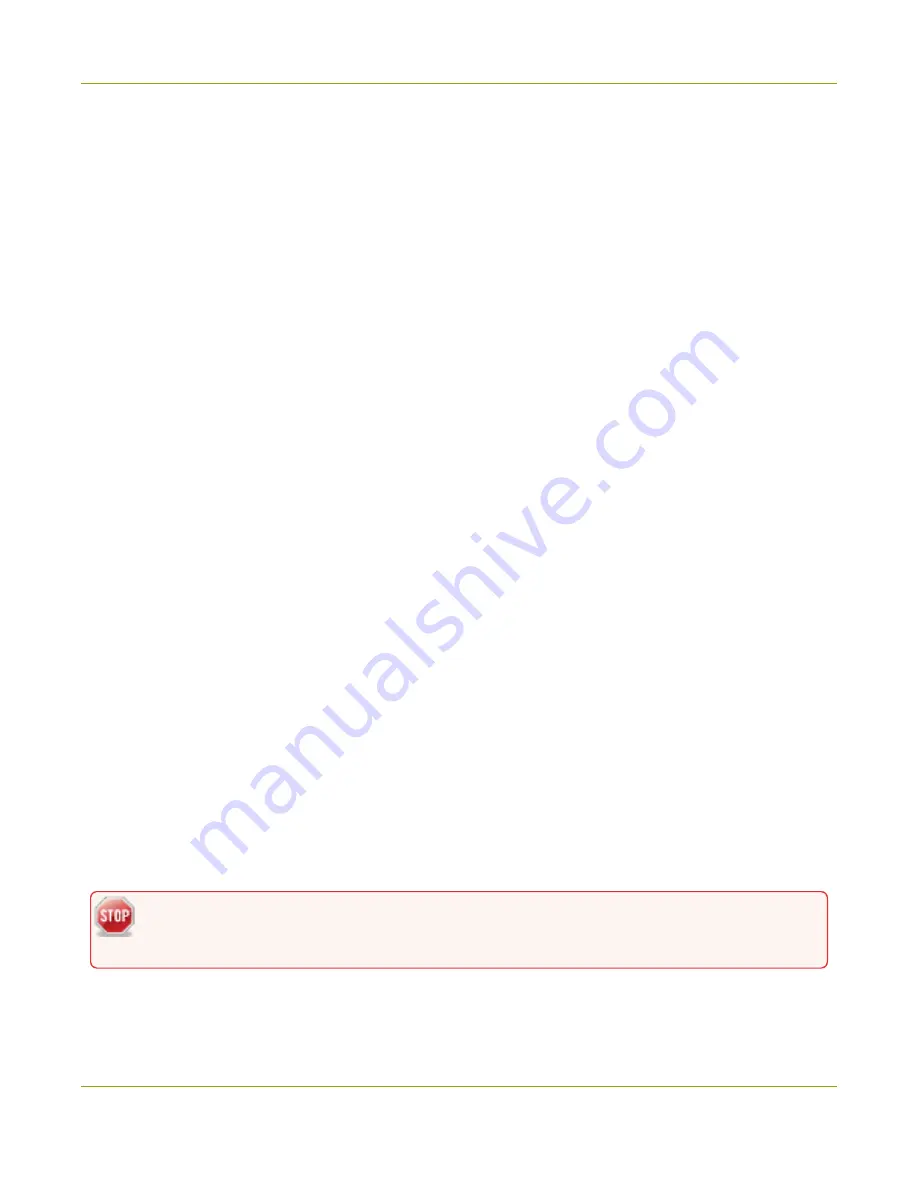
Pearl Mini User Guide
SD card installation and file management
l
l
l
l
l
l
l
When you're done setting up your Pearl device, make sure to back up the system configuration using the
procedure described in
SD card installation and file management
Pearl Mini comes with a standard SD card slot on the front panel. An SD card is needed when recording
video. If you're only switching video or live streaming, then you don't need to install an SD card.
We recommend using a minimum class 10 (C10) SD card that's at least 64 GB capacity but does not
exceed 512 GB; however, most SD cards that are at minimum a C10, a UHS class 1 (U1), or a video speed
class 10 (V10) should work. We've tested various SD cards with Pearl Mini, including:
l
Kingston 16 GB U1 / C10
l
Sony 32 GB U3 / C10
l
SanDisk 64 GB U1 / C10
l
PNY 256 GB U3 / C10
l
AData 128 GB U3 / V90
If you're using Pearl Mini with a Content Management System (CMS), we recommend using large capacity
SD cards such as 256 GB or more, see
CMS recording and webcasting control
When the SD card is full, new recordings overwrite the oldest recordings. Do not eject the SD card while
recording is in progress as that may corrupt the SD card.
The SD card must be EXT4 formatted for the Ubuntu operating system. You can format the SD card from
the touch screen or using the Admin panel, see
.
The Ubuntu formatted SD card cannot be used to transfer files to iOS or Windows systems.
Any content that's contained on the SD card is lost when the SD card is formatted.
For important considerations when setting the maximum file size limit and recording to the SD card, see
.
29






























